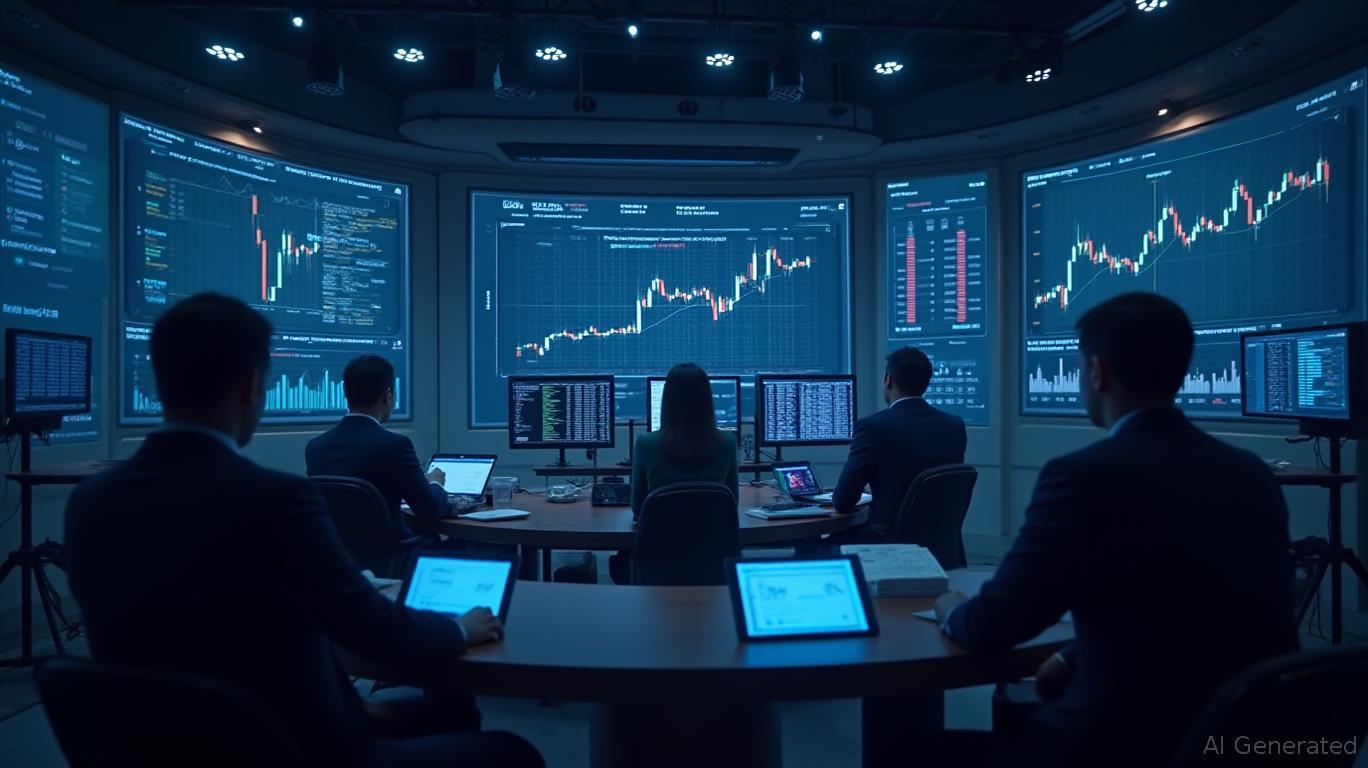The
XRP
ecosystem has experienced a notable increase in institutional involvement, with international corporations collectively holding more than $11 billion worth of XRP, as highlighted in a
Coinpedia report
. However, despite this expansion, the prospects of XRP hitting $5 by 2025 have diminished due to slowing price action and declining interest from retail investors. Experts point to falling on-chain activity, a downward trend in Open Interest (OI), and intensified competition from emerging projects such as Avalon X (AVLX) and Digitap (TAP)—both gaining recognition as "XRP 2.0" contenders, according to a
Timestabloid article
and a
Crypto.News deep dive
.
XRP's price has remained within the $2.40 to $2.50 range since its rally in October, unable to surpass the $3.13 resistance, as reported by Timestabloid. Blockchain data shows a 40% decrease in futures OI to $4.46 billion, indicating less speculative activity, according to an
FXStreet report
. Retail participation is still subdued; the FXStreet article notes that CoinGlass reported a significant deleveraging event in October, which wiped out $19 billion in crypto assets and further weakened short-term optimism.
Technical signals present a mixed outlook. Although XRP is holding above the crucial $2.61 support, the Relative Strength Index (RSI) has fallen, suggesting waning bullish strength, as per FXStreet. Some analysts, including CryptosRus, believe the OI reset could pave the way for a recovery if new capital enters the market, especially with Evernorth's $1 billion XRP treasury plan and the anticipated SEC approval for spot XRP ETFs, as discussed in a
NewsBTC analysis
and an
FXStreet forecast
.
Institutional interest in XRP has accelerated, with companies like SBI Holdings (which holds $10 billion in XRP) and Evernorth fueling demand, according to another
Coinpedia article
. Ripple’s stablecoin RLUSD has also gained momentum, reaching a market capitalization of $789 million on the XRP Ledger (XRPL), as previously noted by Coinpedia. Meanwhile, the XRPL’s Real-World Asset (RWA) market cap jumped 215% in Q3 2025 to $364.2 million, driven by tokenized Treasuries and real estate initiatives, according to a
Coinpaper report
. This expansion highlights XRPL’s function as a connector between traditional finance and blockchain, with features like native token creation and compliance solutions drawing institutional interest.
Newcomers such as Avalon X and Digitap are starting to rival XRP’s leadership in the payments sector. Avalon X, which is backed by real estate, has raised $1 million during its presale and provides rewards and staking tied to property, as reported by Timestabloid. Digitap, on the other hand, is focusing on cross-border transactions using a hybrid approach that blends fiat, stablecoins, and cryptocurrencies, according to the Crypto.News deep dive. Analysts observe that while XRP still benefits from its established position, these new projects are attracting investors through innovation and community-driven growth.
The SEC’s recent agreement with Ripple and the approval of seven XRP ETF filings have strengthened long-term sentiment, according to a
TradingView report
. The first U.S. spot XRP ETF, XRPR, has surpassed $100 million in assets, with institutional investors accounting for 40% of holdings, and CME Group’s XRP futures contracts have recorded significant notional volume, as Coinpedia notes. Nevertheless, these positive developments have not yet resulted in a lasting price rally, with XRP still trading 27% below its 2025 peak, according to the Crypto.News article.
Although the journey to $5 remains unclear, some market watchers are still hopeful. A DeepSeek AI model indicates that XRP could hit $5 if favorable factors such as ETF inflows or regulatory clarity materialize, according to a
TradingView feature
. Still, most analysts stress that the current bearish OI landscape and lack of retail enthusiasm are major obstacles. For XRP to regain its 2024 momentum, it must adapt to broader economic changes, including Federal Reserve policy decisions, and continue to appeal to institutional investors despite growing competition.
---
